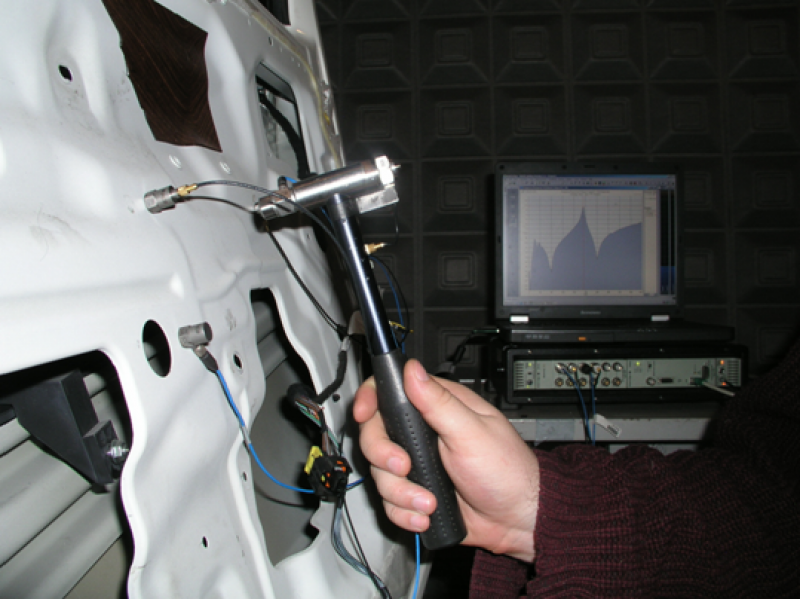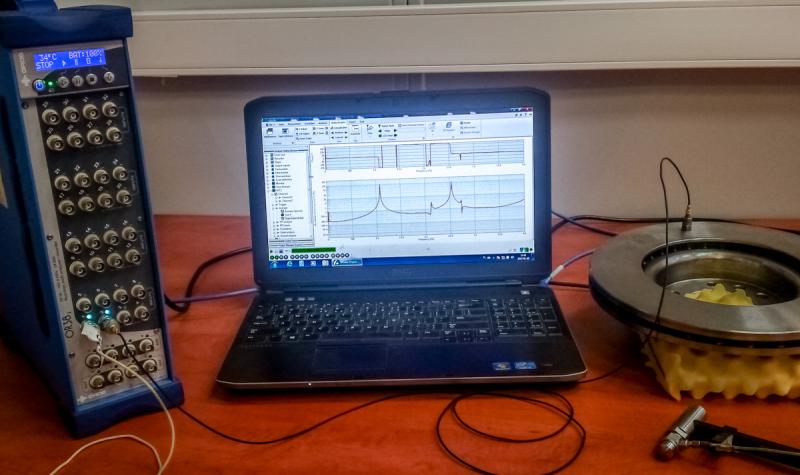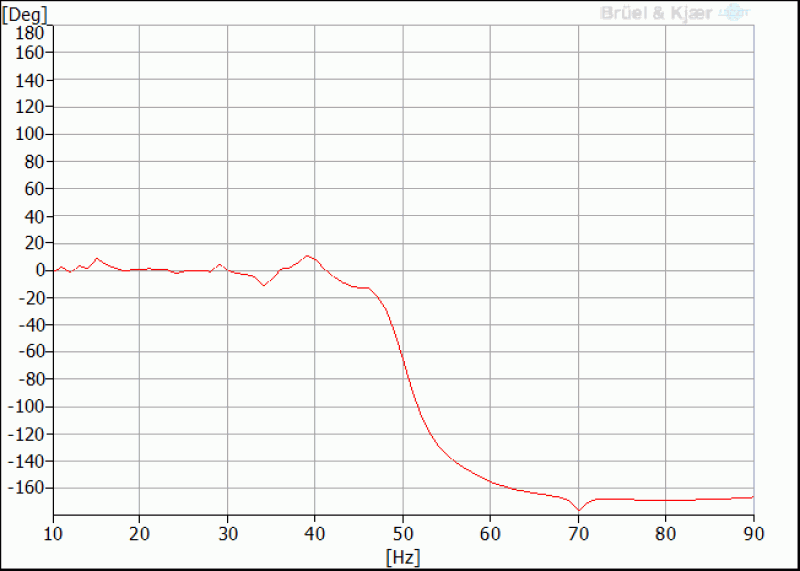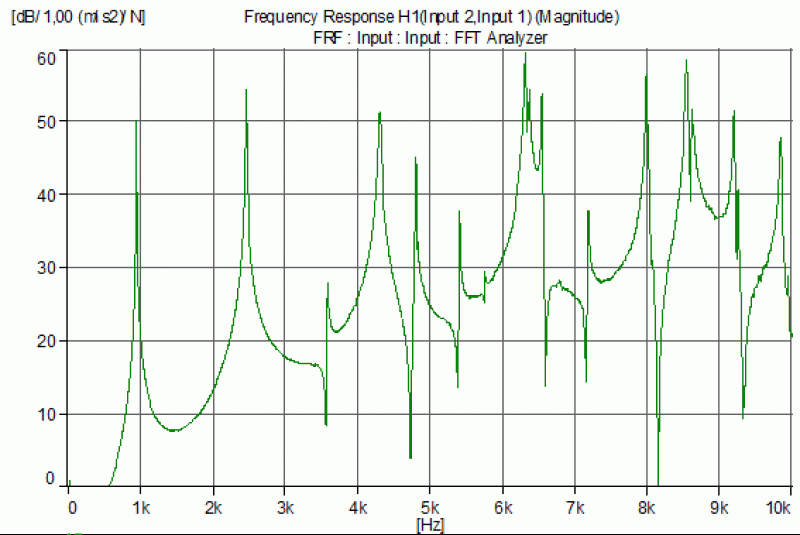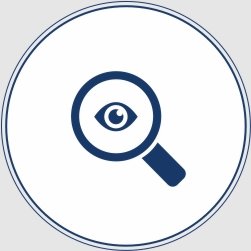Modal analysis allows determination of dynamic parameters of mechanical systems, such as:
- natural frequency (possibility of determination using experimental or analytical methods)
- natural vibration character,
- damping.
Modal analysis is not only a good tool for solving problems connected to resonance, but also it plays a great role in product quality control:
- quality of casts for brake discs and drums,
- compatibility of vibration dampers with requirements (frequency and damping),
- an object’s modal characteristics with reference to a mathematical model.
A system can be stimulated using different types of excitation:
- impulsive (modal hammer),
- sine wave, random (vibration system).
